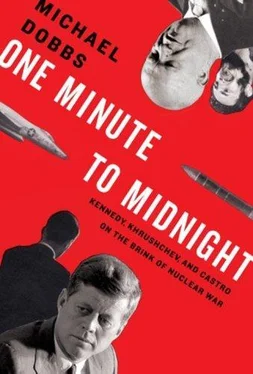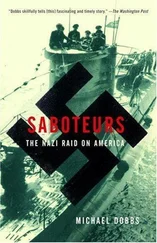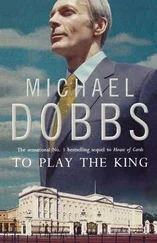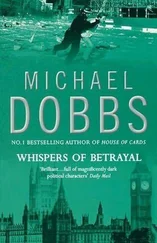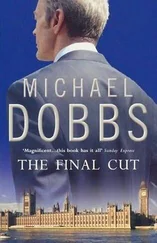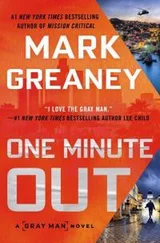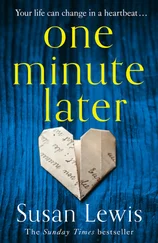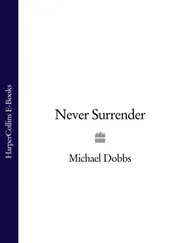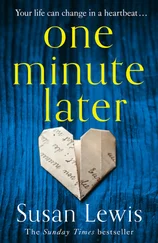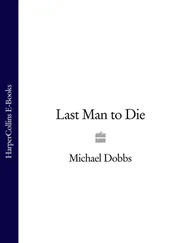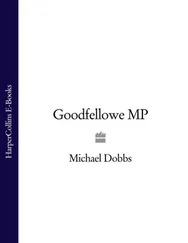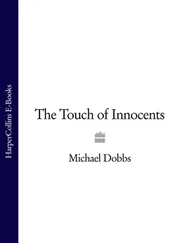For Bobby, the appearance of Soviet missiles in the western hemisphere was not simply a political affront; it was a personal affront. He was the emotional member of the family, as rough and intense as his brother was smooth and calm. JFK had been humiliated once again by Castro and Khrushchev, and RFK was determined to redress the insult. He was extraordinarily competitive—even by the intensely competitive standards of the Kennedy clan—and the longest to nurse a grudge. “Everybody in my family forgives,” the family patriarch, Joseph Kennedy, Sr., had once remarked. “Except Bobby.”
He had found out about the missiles in an early morning phone call from Jack. “We have some big trouble,” the president told him. Soon afterward, Bobby was in Bundy’s office at the White House, poring over reconnaissance photographs. “Oh shit, shit, shit,” he moaned, smacking the palm of his hand with his fist. “Those sons a bitches Russians.” While Jack reacted to bad news by becoming cold and withdrawn, Bobby would pace the room angrily, uttering curses and raising his fists to his chest, as if ready to punch someone.
Bobby was furious at Khrushchev. But he was also furious with the sluggish U.S. bureaucracy that was forever talking about restoring freedom to Cuba but never actually did anything. And he was furious at himself for believing Soviet denials of a missile buildup in Cuba, despite numerous reports from anti-Castro Cubans and undercover CIA agents of missile-related activity on the island. As he later wrote, “the dominant feeling was one of shocked incredulity. We had been deceived by Khrushchev, but we had also fooled ourselves.”
Over the last year, the Kennedys had tried every means in their power to get even with Castro, short of ordering an outright invasion of Cuba. “My idea is to stir things up on island with espionage, sabotage, general disorder, run & operated by the Cubans themselves,” Bobby noted in a November 1961 memo. “Do not know if we will be successful in overthrowing Castro but we have nothing to lose in my estimate.” No method was considered too dirty or too outlandish to achieve the desired goal. The State Department drafted plans for the sabotage of the Cuban economy; the Pentagon came up with a scheme for a wave of bombings in Miami and Washington that could be blamed on Castro; the CIA infiltrated anti-Castro exiles back into Cuba to cache arms and foment an insurrection. There were numerous CIA-backed assassination plots against Castro, including an ongoing effort to use the Mafia to smuggle weapons and poison pills into Cuba to eliminate “ el lider maximo.” A fallback option was to use chemical agents to destroy Castro’s beard, so that he would become a laughingstock among the Cuban people.
Bobby took a personal interest in every facet of the anti-Castro campaign. He invited anti-Castro activists to his sprawling home at Hickory Hill in Virginia, and discussed ways of unseating the dictator while the children played with trains under the bed. He phoned his contacts in the Cuban exile community directly, avoiding the normal bureaucratic channels. He even had his own full-time liaison officer at the CIA, who operated independently of the rest of the agency and undertook secret missions for the attorney general without informing his superiors.
The official chronicler of the Kennedy years, Arthur M. Schlesinger, Jr., would describe Operation Mongoose as “Robert Kennedy’s most conspicuous folly.” But it was not just Bobby’s folly. While RFK was certainly the most energetic advocate of overthrowing Castro in the Kennedy administration, he had the full support of the president. No one who attended the meetings of the Special Group had any illusions about that. Bobby would “sit there, chewing gum, his tie loose, feet up on his desk, daring anyone to contradict him,” recalled Thomas Parrott, the official White House notetaker at the meetings. “He was a little bastard, but he was the president’s brother, the anointed guy, and you had to listen to him. Everybody felt that he would tell Big Brother if you didn’t go along with what he was proposing.”
There was a Dr. Jekyll and Mr. Hyde quality to the Jack-Bobby relationship. The tortured, agitated Bobby was a darker, rougher version of his calmer, more easygoing older brother. After observing the two brothers interact extensively, another White House official, Richard Goodwin, came to believe that Bobby’s harsh polemics “reflected the president’s own concealed emotions, privately communicated in some earlier intimate conversation…. [There] was an inner hardness, often volatile anger, beneath the outwardly amiable, thoughtful, carefully controlled demeanor of John Kennedy.”
Jack was forty-five when plunged into the gravest crisis of the Cold War, two years after becoming the youngest elected president in American history. Bobby was just thirty-six.
The Kennedy brothers’ instrument for implementing their will in Cuba was a dashing Air Force brigadier general named Edward Lansdale, now seated in front of the attorney general, diligently taking notes. With his trim mustache, matinee-idol smile, and eager beaver expression, Lansdale looked like a sixties version of Clark Gable. He exuded a can-do confidence that appealed to Bobby and Jack. His formal title was “chief of operations” of “the Cuba project.”
A former advertising executive and specialist in black propaganda, Lansdale had made his reputation in Southeast Asia, helping the Philippine government suppress a Communist insurgency. He had also served as an American military adviser in South Vietnam. Some thought he was the model for the earnest yet naive hero of Graham Greene’s novel The Quiet American, who leaves havoc all around him in his single-minded determination to export American-style democracy to the Asian jungle.
Beginning in January 1962, Lansdale had issued a stream of directives and plans for Castro’s overthrow, neatly organized under different tabs such as “Psychological Support,” “Military Support,” and “Sabotage Support.” The target date for the “Touchdown Play” was mid-October, a date calculated to appeal to the political instincts of the Kennedy brothers, a couple of weeks before the U.S. midterm elections. A top secret Lansdale memorandum dated February 20 laid out the timetable:
• Phase I. Action, March 1962. Start moving in.
• Phase II. Build-up, April-July 1962. Activating the necessary operations inside Cuba for revolution and concurrently applying the vital political, economic, and military-type support from outside Cuba.
• Phase III. Readiness, 1 August 1962. Check for final policy decision.
• Phase IV. Resistance, August-September 1962. Move into guerrilla operations.
• Phase V. Revolt, first two weeks of October 1962. Open revolt and overthrow of the Communist regime.
• Phase VI. Final, during month of October 1962. Establishment of new government.
Lansdale was a general without an army, however. He had very few assets inside Cuba itself. He did not even control the sprawling American bureaucracy, which was divided into autonomous fiefdoms. Mongoose operatives at the CIA, supposedly subordinate to him, were contemptuous of his “unrealistic, half-baked” schemes. They nicknamed him the “field marshal” or the “all-American guerrilla fighter,” dismissing him as a “kook,” “a wild man,” and “just plain crazy.” They found it difficult to understand the almost “mystic” hold he seemed to exercise over the Kennedys. For George McManus, an aide to CIA director John McCone, “Lansdale’s projects simply gave the impression of movement,” a whirlwind of activity without any substance.
As the target dates for causing havoc inside Cuba came and went, with nothing much happening, Lansdale came up with increasingly bizarre ideas for overthrowing the Cuban dictator. His latest plan, dated October 15, was for a U.S. submarine to surface off Havana in the middle of the night and fire star shells toward the shore. The shells would light up the nighttime sky. In the meantime, CIA agents would have spread the word around Cuba that Castro was the anti-Christ, and that the illumination was a harbinger of the Second Coming of Christ. Lansdale suggested that the operation be timed to coincide with All Soul’s Day “to gain extra impact from Cuban superstitions.” CIA skeptics dubbed the scheme “Elimination by Illumination.”
Читать дальше
